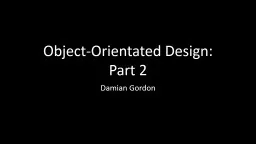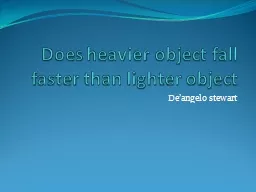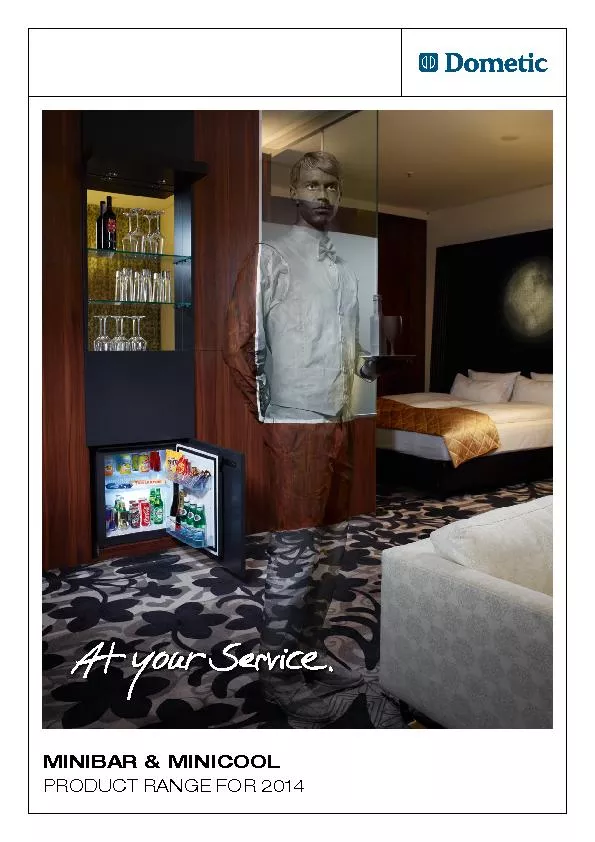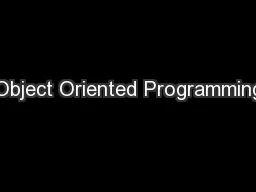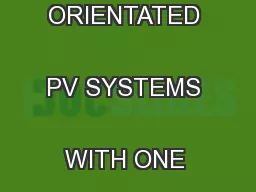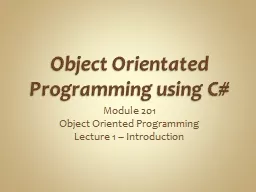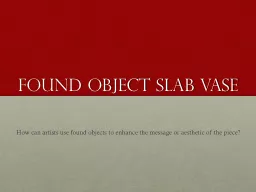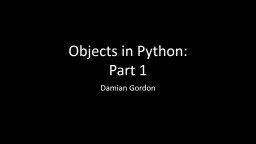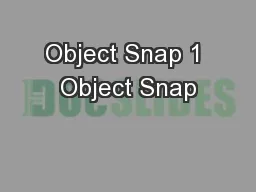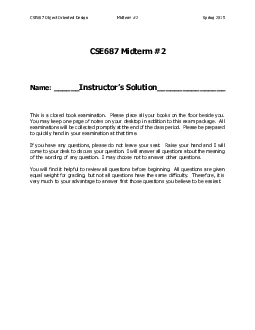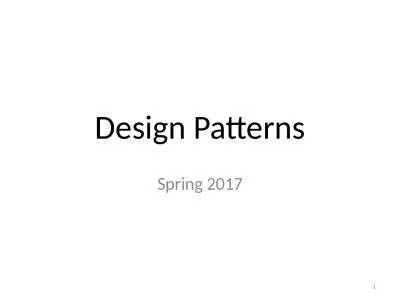PPT-Object-Orientated Design:
Author : mitsue-stanley | Published Date : 2017-11-13
Part 2 Damian Gordon Information Hiding Object Attributes Methods Attributes Methods Encapsulation Hair Colour Dog Eye Colour Height Weight Length Lie Down Fetch
Presentation Embed Code
Download Presentation
Download Presentation The PPT/PDF document "Object-Orientated Design:" is the property of its rightful owner. Permission is granted to download and print the materials on this website for personal, non-commercial use only, and to display it on your personal computer provided you do not modify the materials and that you retain all copyright notices contained in the materials. By downloading content from our website, you accept the terms of this agreement.
Object-Orientated Design:: Transcript
Download Rules Of Document
"Object-Orientated Design:"The content belongs to its owner. You may download and print it for personal use, without modification, and keep all copyright notices. By downloading, you agree to these terms.
Related Documents

